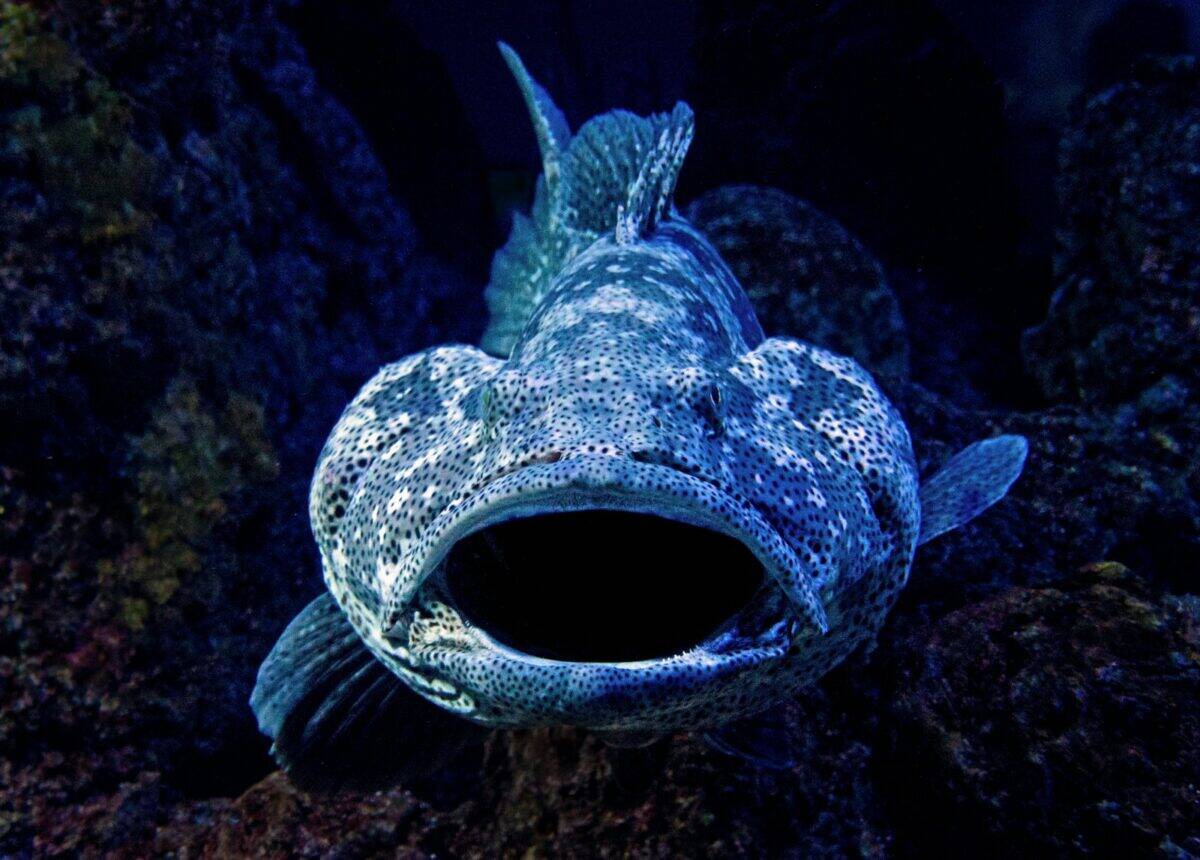The deep sea is one of Earth’s most extreme environments, characterized by pressure conditions that would instantly crush most land-dwelling organisms. For every 10 meters a creature descends beneath the ocean’s surface, the pressure increases by approximately one atmosphere (14.7 pounds per square inch). By the time you reach the deepest known point—the Challenger Deep in the Mariana Trench at nearly 11,000 meters—the pressure exceeds 1,100 atmospheres or over 16,000 pounds per square inch. That’s equivalent to having more than 50 jumbo jets stacked on top of you.
Yet remarkably, a diverse array of marine organisms not only survive but thrive in these seemingly inhospitable depths. From microscopic bacteria to bizarre fish and invertebrates, deep-sea creatures have evolved extraordinary adaptations to withstand pressures that would immediately destroy surface-dwelling animals. These adaptations represent some of the most fascinating evolutionary solutions in the natural world, allowing life to colonize virtually every corner of our planet’s oceans, no matter how extreme the conditions.
Cellular Adaptations: The Foundation of Pressure Resistance
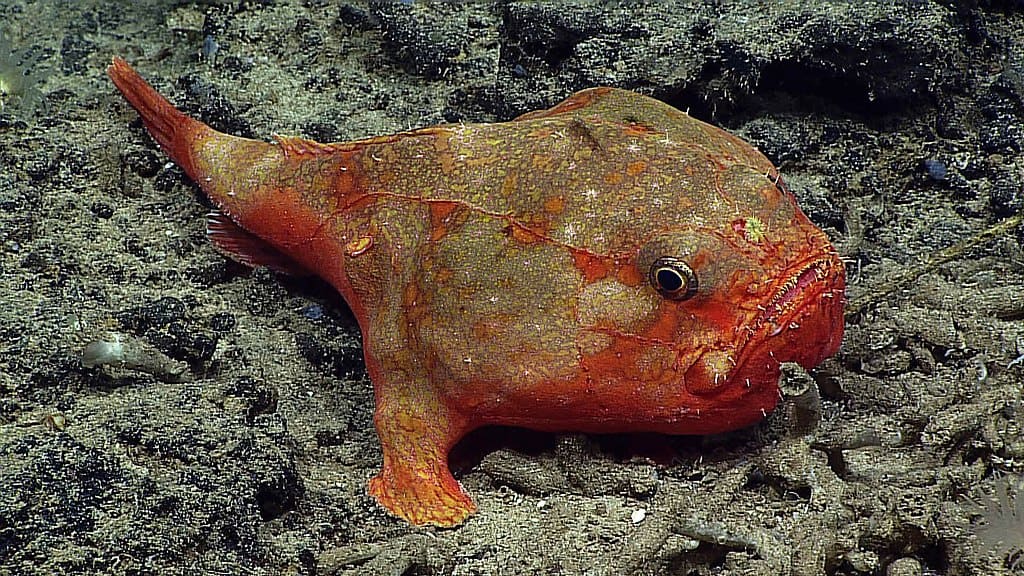
The first line of defense against crushing deep-sea pressures occurs at the cellular level. Deep-sea organisms have evolved cell membranes with unique compositions that maintain fluidity and functionality under extreme pressure. While surface-dwelling creatures’ cell membranes would become rigid and dysfunctional in the deep, abyssal species incorporate different ratios of lipids and proteins that remain flexible at high pressure. This includes higher concentrations of unsaturated fatty acids with “kinks” in their molecular structure that prevent tight packing and stiffening.
Additionally, the proteins in deep-sea organisms contain subtle but critical modifications. These proteins feature structures that are less susceptible to pressure-induced deformation, often with fewer internal cavities that could collapse under pressure. Some deep-sea organisms also produce specific “piezolytes”—pressure-protecting molecules that stabilize proteins and prevent them from unfolding or misfolding under high-pressure conditions. These cellular adaptations form the fundamental basis that allows deep-sea life to maintain basic biological functions where other organisms would simply collapse.
Pressure-Balanced Body Systems
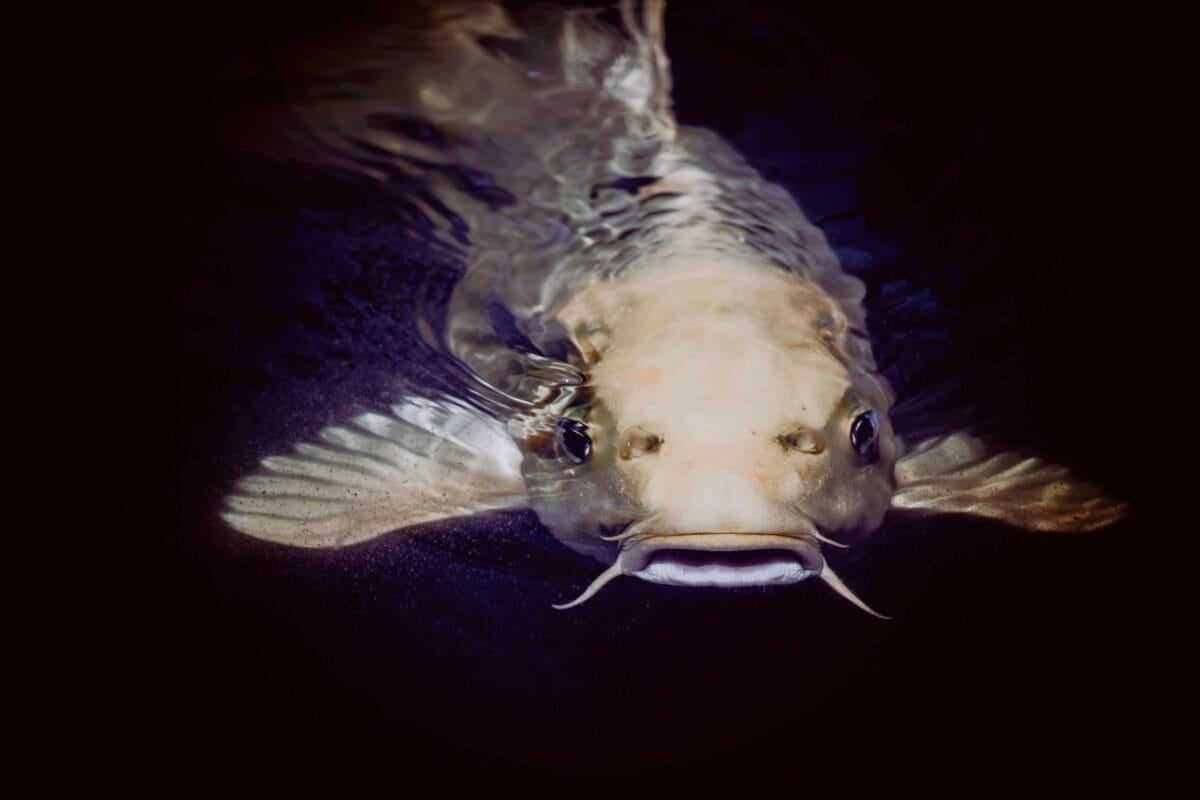
One of the most fundamental adaptations of deep-sea creatures is their pressure-balanced body systems. Unlike humans and other surface dwellers who have gas-filled spaces (such as lungs and sinuses) that would be compressed at depth, many deep-sea organisms have eliminated these compressible spaces entirely. Deep-sea fish typically lack swim bladders—the gas-filled organs that help surface-dwelling fish control buoyancy. Instead, they rely on other mechanisms like specialized fatty tissues or simply accept a life of constant swimming to maintain their position in the water column.
In cases where gas spaces are necessary, deep-sea creatures have evolved remarkable workarounds. For instance, sperm whales, which can dive to depths of over 2,000 meters, have reinforced, collapsible lungs and specially adapted sinuses that can withstand significant compression without damage. Their rib cages are also more flexible than those of land mammals, allowing for dramatic compression during deep dives without causing injury. These adaptations ensure that the pressure inside body cavities equals the external pressure, preventing the crushing forces that would otherwise destroy their organs.
TMAO: The Molecular Pressure Protector

A remarkable chemical adaptation found in many deep-sea creatures is the accumulation of trimethylamine N-oxide, or TMAO. This small organic compound serves as a universal stress protector that helps stabilize proteins against pressure-induced denaturation. Research has shown that the concentration of TMAO in fish tissues increases with the depth at which the species lives—a clear evolutionary response to increasing pressure. In the deepest-dwelling fish, TMAO concentrations can be remarkably high, accounting for a significant portion of their body chemistry.
The mechanism by which TMAO protects against pressure is fascinating. It acts as an osmolyte, influencing the water molecules around proteins to maintain proper protein folding and function even under extreme pressure. This prevents the crushing forces from disrupting the delicate three-dimensional structures of enzymes and other essential proteins. The discovery of the relationship between TMAO and depth has provided scientists with a crucial understanding of how life biochemically adapts to one of Earth’s most extreme environments and may even have implications for biotechnology applications requiring pressure-stable proteins.
Gelatinous Bodies: The Soft Approach to Pressure Resistance
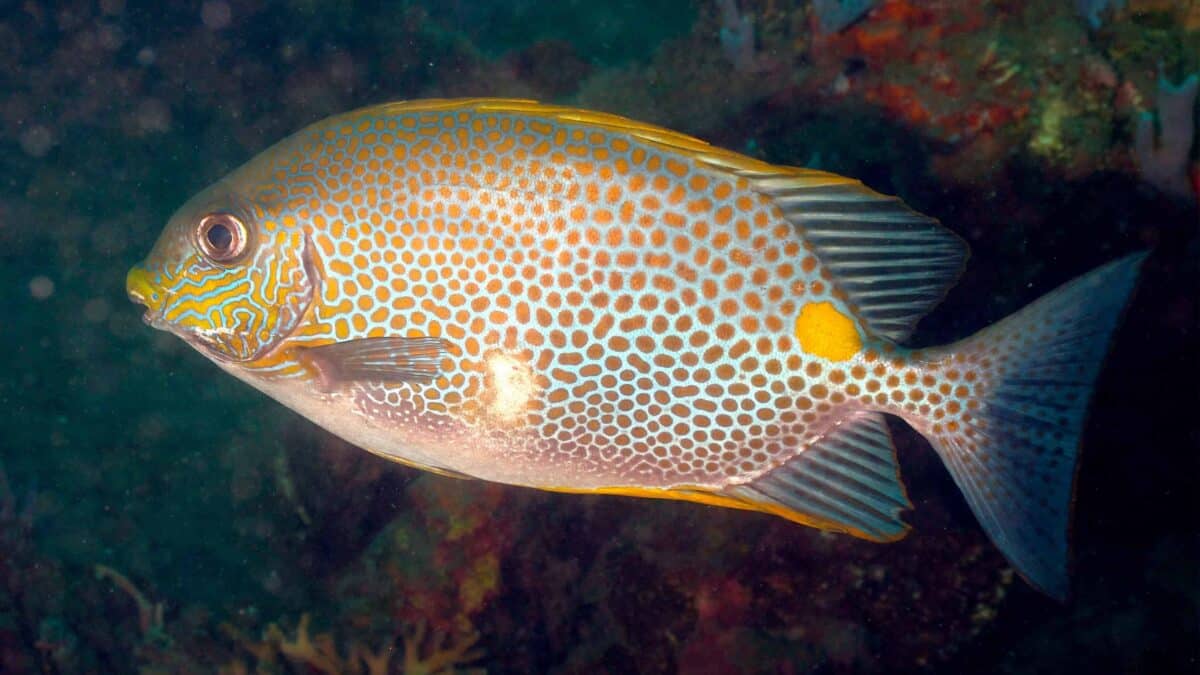
Many deep-sea creatures have evolved bodies with high water content and gelatinous consistency as an effective strategy against crushing pressures. Since water is nearly incompressible, having bodies composed primarily of water means there’s little to compress. Deep-sea jellyfish, ctenophores (comb jellies), and many deep-dwelling fish have evolved extraordinarily water-rich tissues that maintain their integrity regardless of the surrounding pressure. Some deep-sea fish have such watery muscle tissue that they appear almost transparent.
This gelatinous structure serves multiple purposes beyond pressure resistance. The soft, water-laden tissues require less energy to maintain, which is advantageous in the food-scarce deep sea. Additionally, these bodies often provide neutral buoyancy without gas-filled spaces, allowing creatures to hover effortlessly at their preferred depth. The gelatinous makeup also explains the common observation that many deep-sea creatures brought to the surface seem to “melt” or lose their structure—they evolved to maintain physical integrity specifically under high-pressure conditions, not at the surface where different physical forces dominate.
Specialized Skeletal Structures

The skeletons of deep-sea organisms reflect remarkable adaptations to high-pressure environments. Unlike the dense, heavy bones of land animals or shallow-water fish, many deep-sea fish have reduced, lightweight skeletal structures. This minimalist approach to skeletal development conserves energy in the nutrient-poor deep ocean while still providing the necessary structural support. Some deep-sea fish have evolved cartilaginous skeletons rather than bone, providing flexibility that better withstands pressure while requiring fewer minerals to construct and maintain.
Deep-sea invertebrates display equally impressive skeletal adaptations. Rather than rigid external shells that might collapse under extreme pressure, many deep-sea crustaceans have thinner, more flexible exoskeletons. Perhaps most remarkable are deep-sea glass sponges, which construct intricate silica (glass) skeletons with architectural properties that distribute pressure forces evenly, preventing structural failure. Their skeletal lattices represent natural engineering marvels that have inspired human designers creating pressure-resistant structures for deep-sea exploration vessels and other applications.
Metabolic Adaptations to Pressure
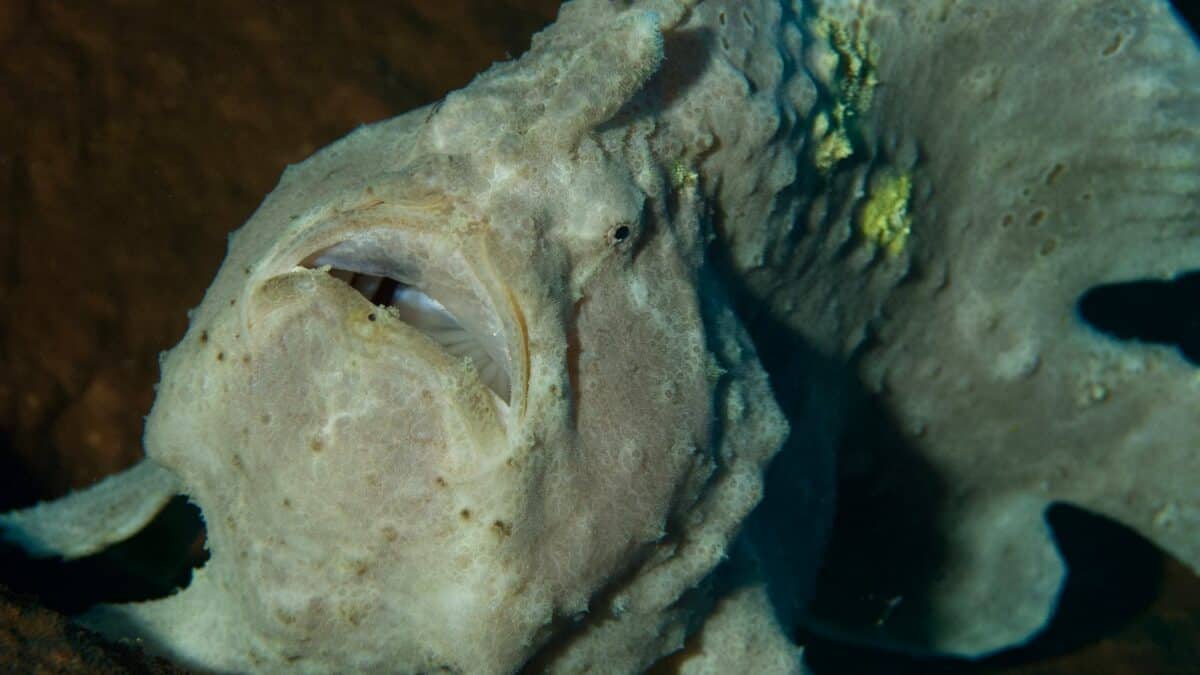
The crushing pressure of the deep sea affects biochemical reactions at their most fundamental level, necessitating specialized metabolic adaptations. Research has revealed that deep-sea organisms possess enzymes with unique structural modifications that function optimally under high pressure. While surface creatures’ enzymes would be inhibited or deactivated by such conditions, deep-sea enzymes maintain their catalytic efficiency. Some deep-dwelling organisms have enzymes that actually require high pressure to function correctly—a phenomenon known as piezophily.
Additionally, deep-sea creatures typically maintain significantly slower metabolic rates than their shallow-water counterparts. This represents an adaptation not only to the limited food availability but also to the high energetic cost of maintaining cellular function under pressure. The metabolic machinery of deep-sea organisms operates with remarkable efficiency, allowing them to survive on minimal energy input. Some deep-sea fish and invertebrates can go months between meals, their pressure-adapted metabolism ticking along at rates that would be impossibly low for surface dwellers, yet perfectly suited to the physical constraints of their high-pressure habitat.
Nervous System Pressure Resistance
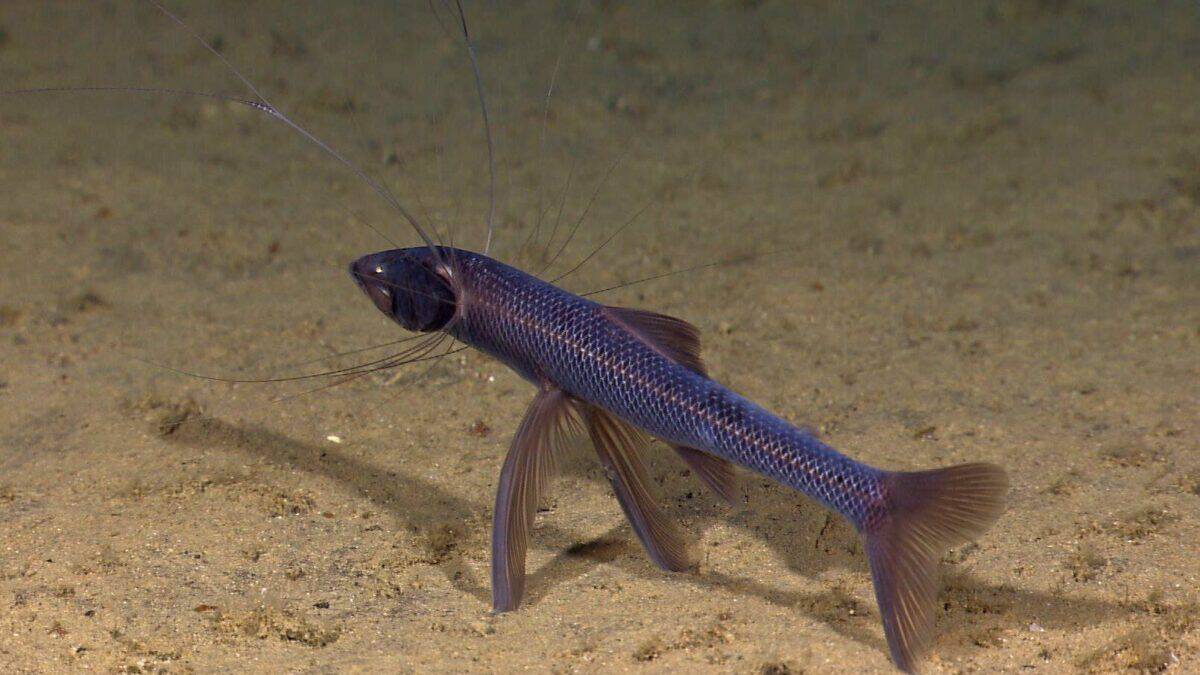
Perhaps one of the most critical adaptations to deep-sea pressure occurs in the nervous system, where pressure can severely disrupt the delicate electrochemical processes that enable neural function. The cell membranes of neurons in deep-sea organisms contain specialized lipid compositions that maintain appropriate fluidity and permeability under high pressure. This ensures that neural signals—essential for everything from basic movement to sensing prey—can continue to propagate despite the crushing external forces.
The neurotransmitter systems of deep-sea creatures also display pressure adaptations. Research has shown that pressure affects neurotransmitter binding and receptor function, potentially disrupting critical brain processes. Deep-sea fish and invertebrates have evolved modified neurotransmitter receptors that function normally under high pressure conditions where surface animals’ neural systems would fail. Some deep-sea organisms have also developed simplified nervous systems that require less energy to maintain while still providing the necessary function for survival in their relatively stable deep environment.
The Challenge of Vertical Migration
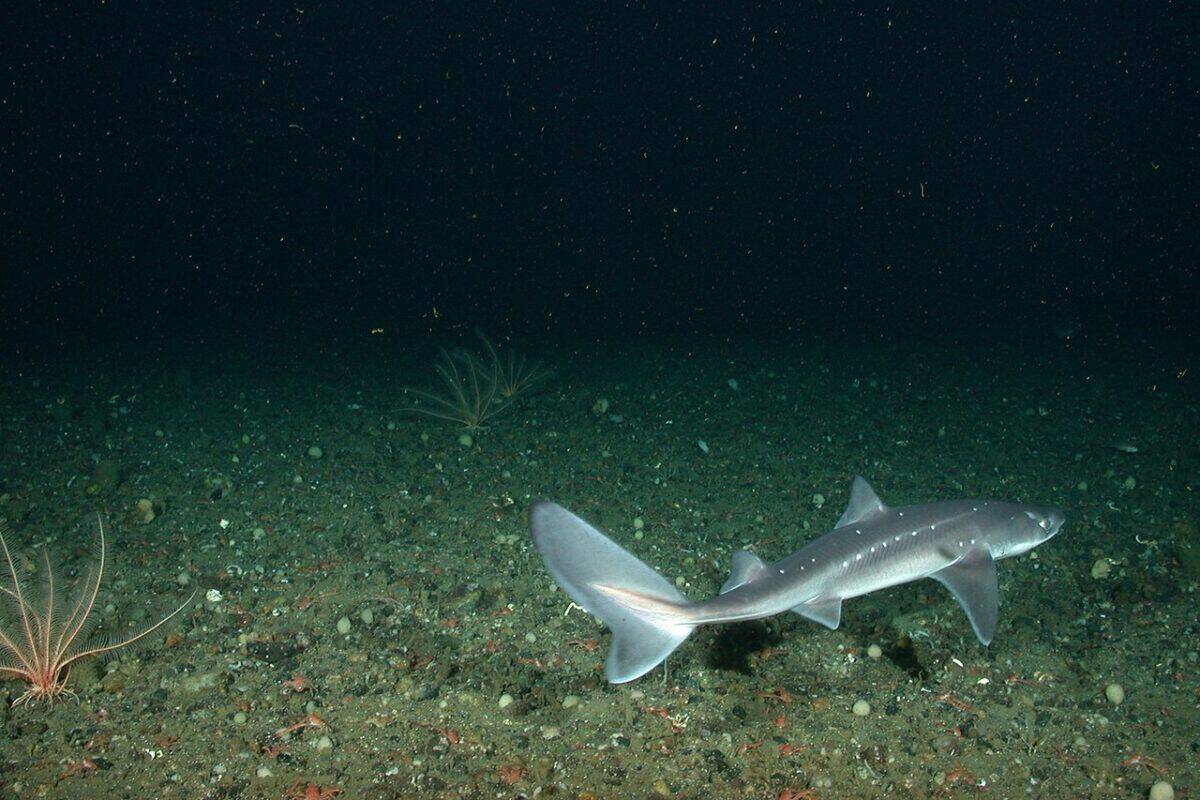
While many deep-sea creatures spend their entire lives at relatively consistent depths, others perform remarkable vertical migrations, traveling hundreds or even thousands of meters up and down the water column daily. These migrations present extraordinary physiological challenges, as organisms must adapt to rapidly changing pressure conditions. The copepods, krill, lanternfish, and other creatures that undertake these journeys possess some of the most sophisticated pressure adaptations in the animal kingdom—systems that can quickly adjust to both high-pressure deep environments and lower-pressure shallow waters.
These vertically migrating species employ various strategies to cope with changing pressure. Some have highly flexible cellular membranes that can rapidly adjust their properties as pressure changes. Others maintain unique osmotic regulation systems that prevent cellular damage during pressure transitions. Research has shown that certain migrating deep-sea creatures can adjust their TMAO concentrations relatively quickly, providing chemical protection against pressure damage during their journeys. These adaptations represent evolutionary solutions to one of the most physically demanding lifestyles on Earth—regularly transitioning between extreme pressure environments.
Pressure and Reproduction in the Deep
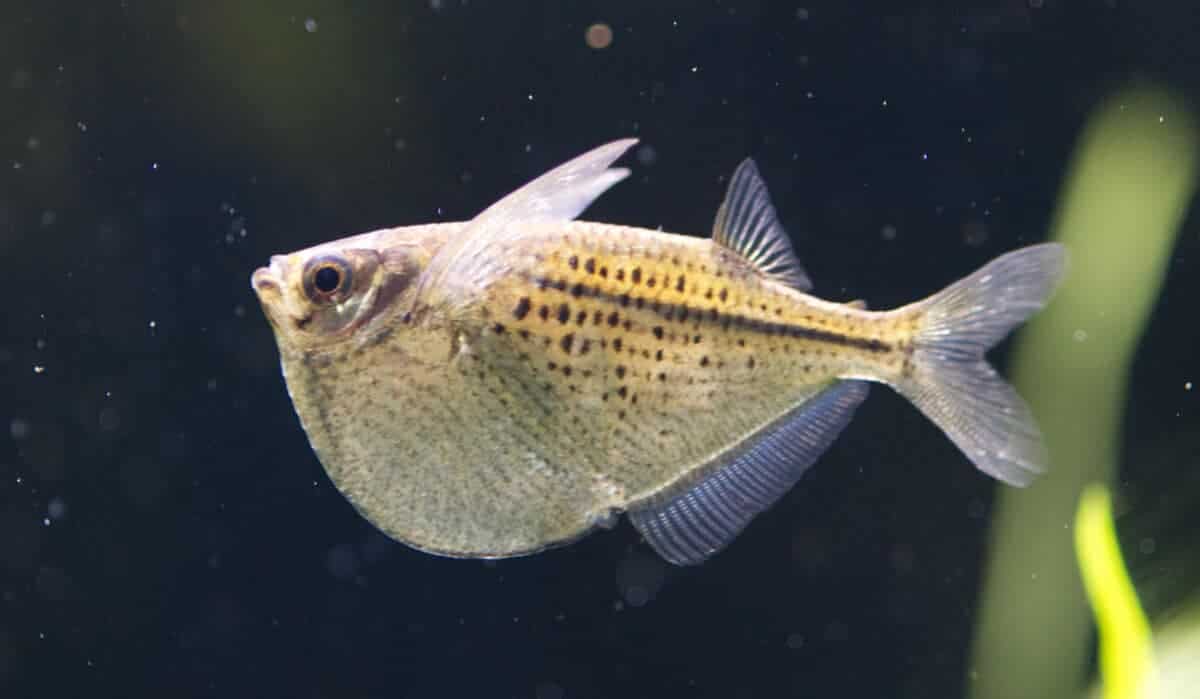
Reproduction presents unique challenges for deep-sea organisms dealing with extreme pressure. Many deep-sea creatures have evolved reproductive strategies that minimize the vulnerability of eggs and embryos to pressure damage. Some species produce eggs with extraordinarily thick, pressure-resistant membranes that protect the developing embryo. Others have evolved direct development patterns where young skip vulnerable larval stages entirely, emerging as miniature adults already adapted to high-pressure conditions. This contrasts with many shallow-water species whose larvae would be unable to survive deep-sea pressures.
Communication for mating purposes has also adapted to high-pressure environments. Many deep-sea fish and invertebrates use bioluminescent displays rather than sound or complex chemical signals that might be disrupted by pressure. Some deep-sea creatures have evolved synchronous reproductive cycles tied to environmental cues like seasonal changes in food availability, allowing them to reproduce successfully despite the challenges of finding mates in the vast, dark, high-pressure environment. These reproductive adaptations ensure that life can perpetuate itself even in one of Earth’s most physically demanding habitats.
Evolutionary Pathways to Pressure Adaptation

The evolutionary history of deep-sea organisms reveals fascinating pathways to pressure adaptation. Some deep-dwelling species represent ancient lineages that gradually adapted to increasing depths over millions of years, accumulating pressure-resistant traits incrementally. Others appear to have colonized the deep sea more rapidly during periods of environmental change, undergoing accelerated evolution of pressure-tolerant characteristics. Genetic studies have identified specific genes and mutations associated with pressure adaptation, showing how natural selection has shaped life to thrive in this extreme environment.
Interestingly, many deep-sea adaptations appear to have evolved independently multiple times in different lineages—a process called convergent evolution. For example, the loss of swim bladders, development of gelatinous tissues, and accumulation of pressure-protecting compounds have emerged separately in unrelated groups of deep-sea fishes. This convergence highlights how the intense selective pressure of the deep-sea environment drives organisms toward similar adaptive solutions despite different evolutionary starting points. The deep sea thus serves as a natural laboratory demonstrating how physical forces can shape the evolution of life in predictable yet remarkable ways.
Conclusion: Lessons from the Abyss
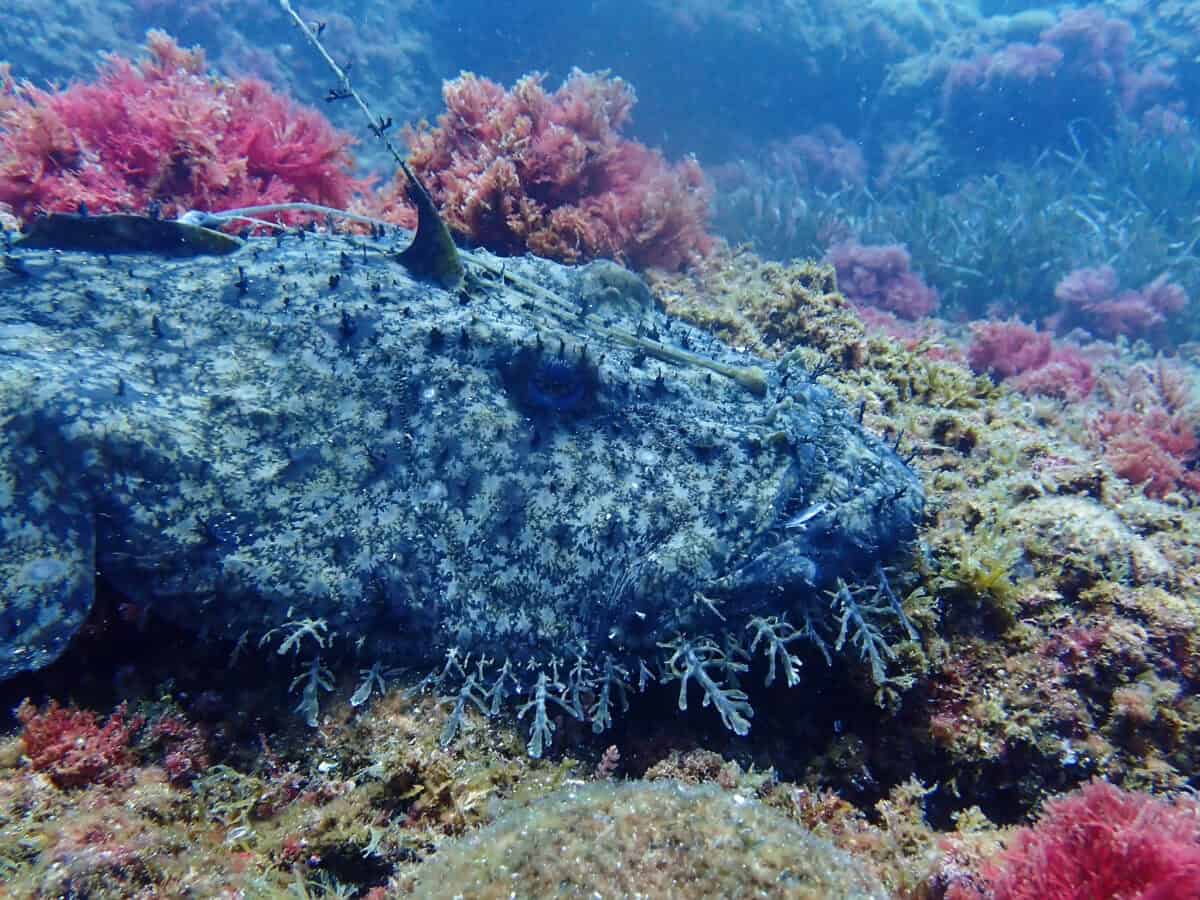
The adaptations that allow marine life to survive crushing deep-sea pressures represent some of nature’s most ingenious evolutionary solutions. From molecular modifications that protect proteins to whole-body adaptations that eliminate compressible spaces, deep-sea creatures have developed comprehensive strategies for life in one of Earth’s most extreme environments. These adaptations remind us of life’s remarkable resilience and adaptability, capable of colonizing even the most physically challenging habitats on our planet.
Beyond their biological significance, these pressure adaptations hold potential practical applications for human technology and medicine. Pressure-stable enzymes from deep-sea organisms are already being explored for industrial processes, while the structural principles of pressure-resistant marine organisms inspire designs for deep-sea equipment and even spacecraft components. Medical researchers study deep-sea pressure adaptations for insights into protein stabilization that could benefit pharmaceutical development.
Perhaps most importantly, deep-sea adaptations highlight how much remains to be discovered in our planet’s final frontier. With less than 20% of the ocean floor mapped in detail and countless species yet to be discovered, the deep sea continues to reveal new biological innovations. As climate change and human activities increasingly impact deep-sea environments, understanding and preserving these unique adaptations becomes not just a scientific pursuit but an essential conservation priority.
The story of how marine life survives deep-sea pressure serves as a powerful reminder of both life’s incredible ingenuity and the importance of protecting even the most remote ecosystems on our planet. In the darkness of the deep ocean, evolution has crafted solutions to seemingly insurmountable physical challenges—solutions that continue to inspire scientists, engineers, and anyone fascinated by the extraordinary adaptability of life on Earth.
- The Way Dogs Can Tell When You’re Sad - August 24, 2025
- Should We Reintroduce Wolves to More U.S. States? - August 24, 2025
- The Ultimate Guide to Spotting Owls in the Wild - August 24, 2025

